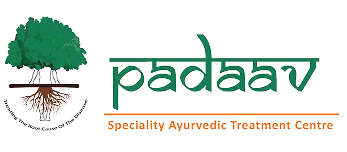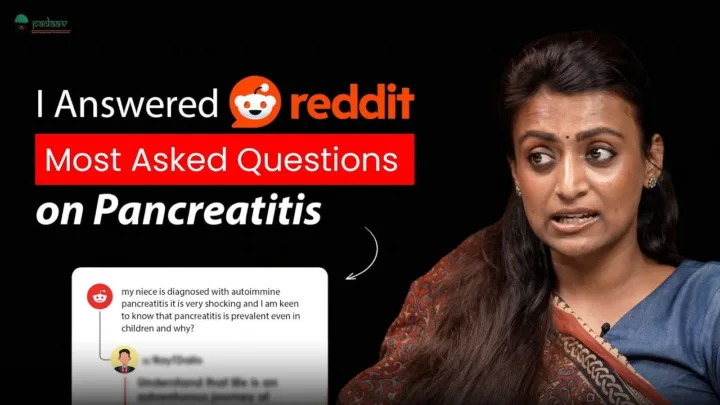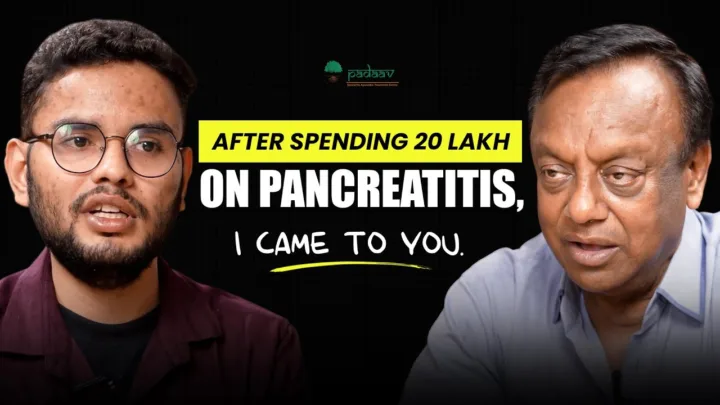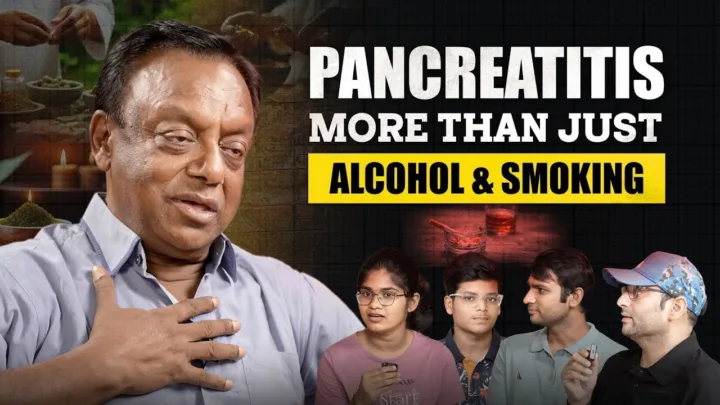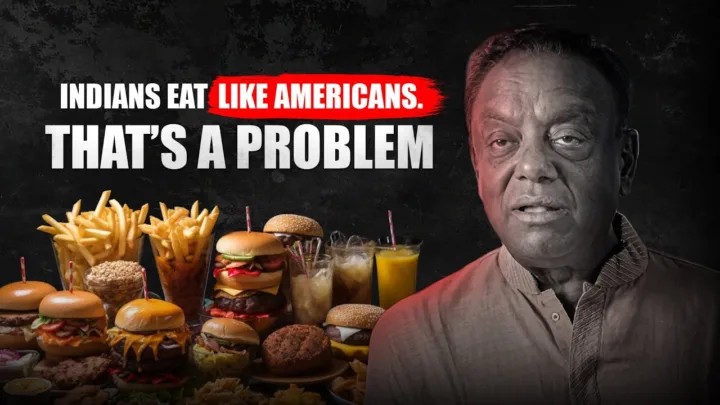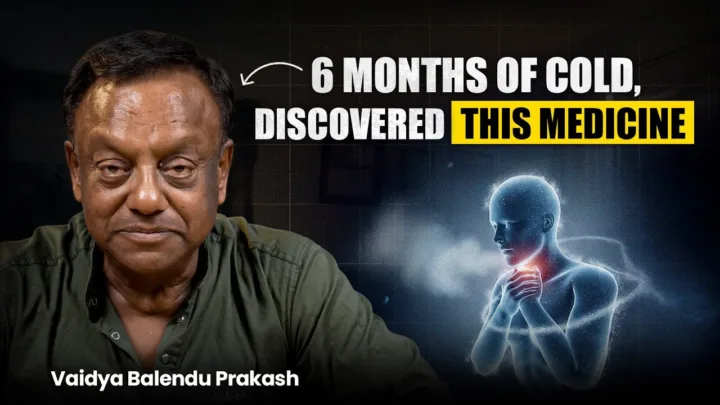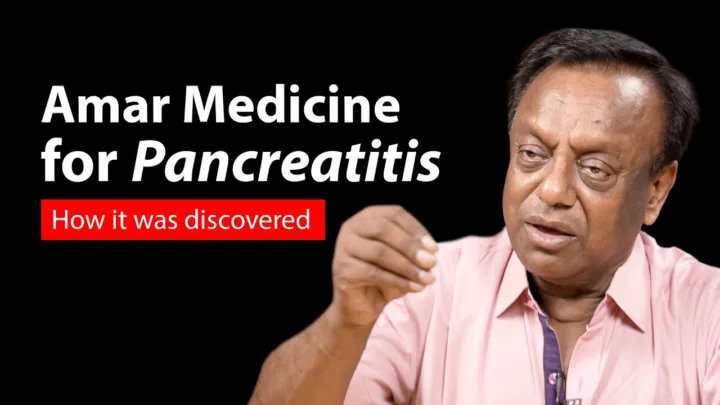In a poignant and deeply personal conversation, Vaidya Balendu Prakash, a physician with a lifetime of experience, shares his journey with Ayurveda. He speaks not just as a physician but as a scientist, a son, and a seeker of truth. His mission, as he puts it, is not to prove that Ayurveda is a miracle, but to prove that it is a science, one that requires rigorous research and validation to reclaim its rightful place in the world.
A Legacy of Ancient Wisdom and a Modern Paradox
Vaidya Prakash begins by grounding his story in India’s rich cultural history. He traces Ayurveda back to the Vedas; the Rigveda, Yajurveda, Samaveda, and Atharvaveda where it is considered a sub-Veda. He recounts mythological tales involving Brahma, the Ashwini Kumars, and the Samudra Manthan, highlighting that this knowledge is a priceless heritage passed down through generations. However, he quickly pivots from this glorious past to the present, noting a stark paradox.
“The history of Ayurveda is well-documented,” he says, “but what about its present and its future?” He humorously dismisses the futility of endless debates about its ancient origins, stating, “History is on Google, and the future is on AI. But the present? That’s what defines both.”
He laments that despite its profound wisdom, Ayurveda is often relegated to a status of “wellness,” “massage,” and “cosmetics,” while modern medicine commands prestige. The effective treatments he and his father provided were often dismissed as “miracles,” but he recognized them as repeatable, and therefore, science. It was this deep-seated belief that drove him to pursue a life dedicated to proving the scientific basis of Ayurveda.
The ‘Amar’ Medicine: A Personal Quest for Answers
The centerpiece of Vaidya Prakash’s journey is a medicine called Amar, a formulation he learned from his late father, Vaidya Chandra Prakash. He describes the creation of the medicine as a true enigma: his father would combine toxic substances like mercury, copper, and sulfur, and through a painstaking process of heating and grinding, transform them into a potent, life-giving medicine.
The efficacy of Amar was proven to him at a young age when he witnessed his father use it to cure a patient with a terminal illness. The patient, who was on his deathbed, was given a small amount of the medicine and made a miraculous recovery, living for another 38 years.
This event ignited a lifelong quest for Vaidya Prakash: to understand the science behind this miracle. When he met a high-ranking government official in 1987, he expressed his frustration, “I know what I put in, and I know the medicine works, but I don’t know the chemistry behind it. I don’t know the effective dose or the duration of treatment.” This single moment defined his mission: to bring scientific validation to traditional knowledge.
A Path of Failures and Unwavering Resilience
His journey was far from easy. He recounts a series of setbacks in his attempts to gain scientific and institutional recognition:
- He left an MD program in Ayurveda after facing ridicule and opposition from professors who dismissed his work.
- He initiated a trial with a major government research institution, only to find that his formula was being secretly analyzed for a patent.
- He faced a scandal involving a patient from Australia who was found to have a trace of a substance in their urine, leading to baseless accusations and a public trial by media.
- His attempts to partner with a renowned hospital were blocked by an influential doctor who saw his work as a threat.
- He even faced personal humiliation and professional isolation, as people mistook his dedication for a desire for fame.
However, each setback only strengthened his resolve. He continued his work, meticulously documenting the clinical outcomes of his patients. He demonstrated the effectiveness of his protocols on diseases like Multiple Sclerosis, chronic anemia, and allergic rhinitis, publishing papers and conducting trials. He showed that his gold-based medicine, an immunomodulator, worked on a variety of autoimmune diseases, and that his iron-based medicine was more effective than conventional iron supplements.
The Triumph of Research and a Call for ‘Jai Aavishkar’
The turning point came in 2014 when he gathered 11 of his cured pancreatitis patients to an event in Dehradun. The event, attended by a government official and scientists, was a powerful display of real-world evidence. This led to a government-sanctioned trial and a sanctioned fund, though even this was mired in bureaucracy and corruption.
Despite these challenges, his work continues. He now possesses advanced non-destructive analysis tools to scientifically prove what is happening inside his medicines. He believes that the nation’s slogan, “Jai Jawan, Jai Kisan, Jai Vigyan, Jai Anusandhan,” is incomplete. He calls for a new slogan: “Jai Aavishkar” (Hail Invention).
He ends with a powerful message about his personal journey and the state of the world. “I am a physician,” he says, “I am not the master of life, but I can be the protector of health.” He reflects on his own near-death experiences, his heart attack, stating that his resilience comes from a sense of purpose. He urges people to live a disciplined life, to avoid the self-destructive “my wish” attitude, and to honor the body, because without it, everything is lost.
